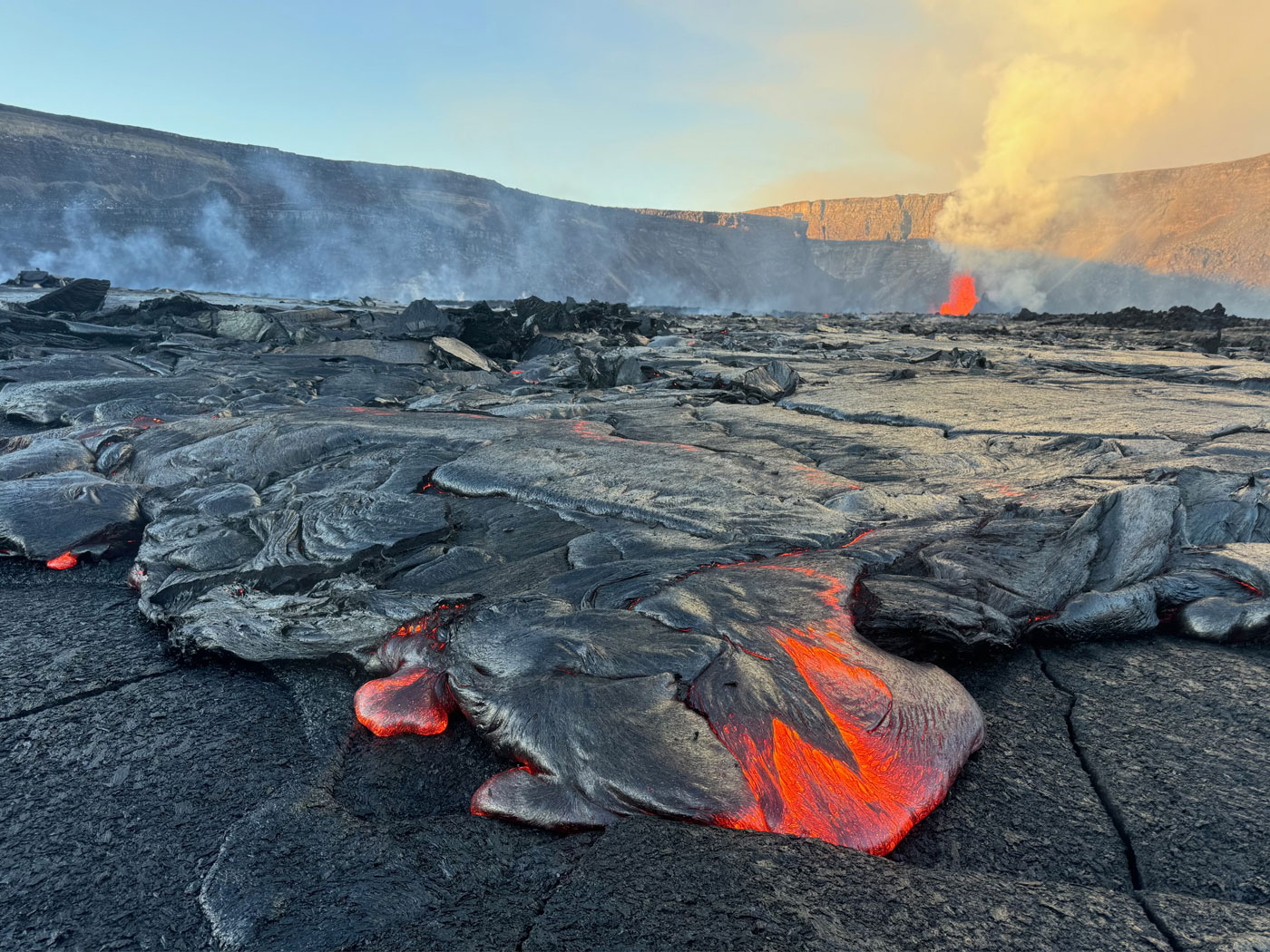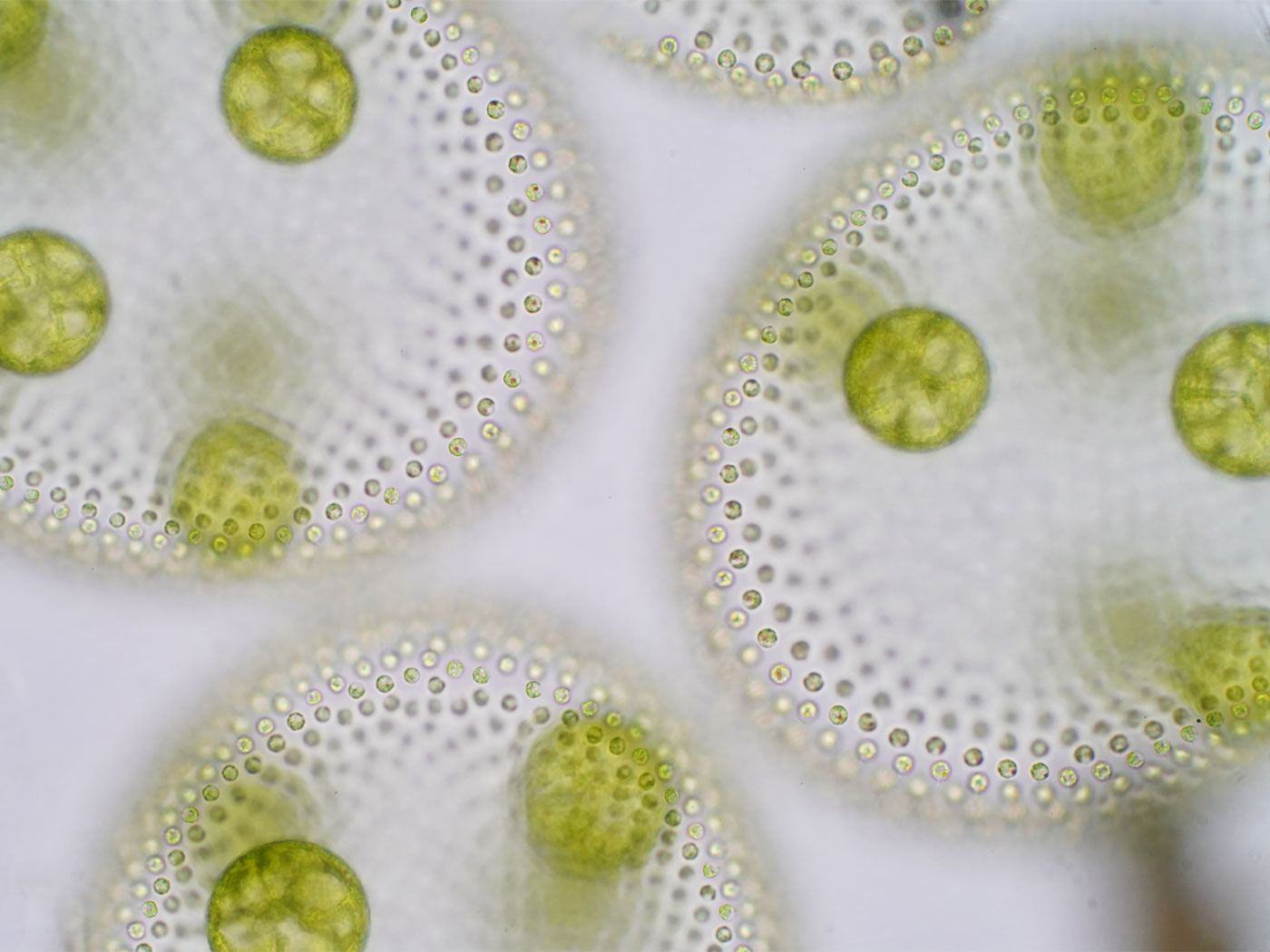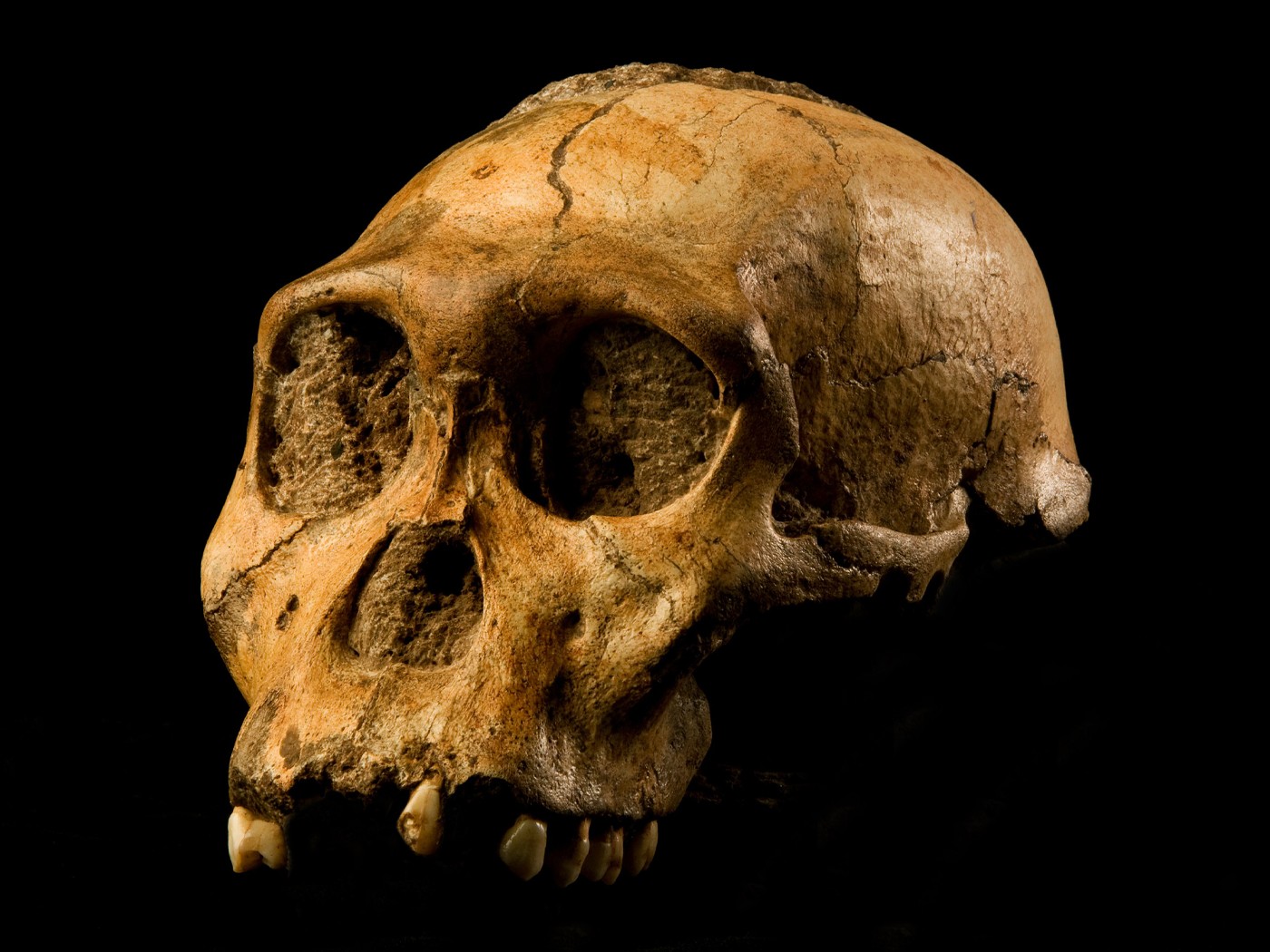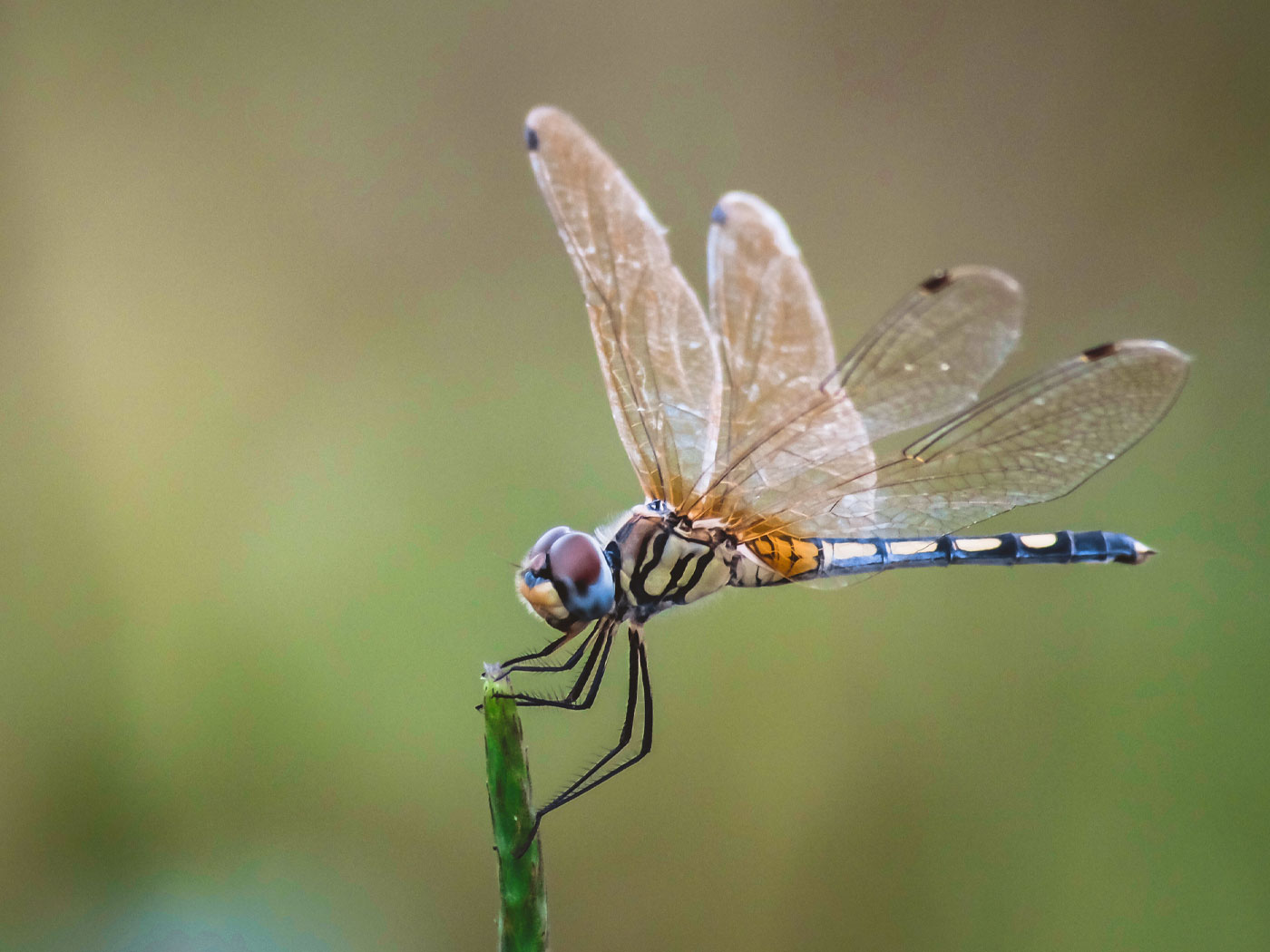According to tradition, in answer to the question of what he most wanted in life, Confucius replied, "I would insist on the exact definition of words." Indeed, word choices and definitions are critical in conversations about origins. Evolution's proponents frequently use language that sounds scientific but that actually obscures or skews the issues.
Following is a sampling of terms that typically have unscientific and unbiblical connotations. These should be unpacked and perhaps discarded if progress is to be made in understanding the truth about origins. Especially, they should be sifted through with schoolchildren so they can avoid the pitfalls these words set up.
Macroevolution
"A major evolutionary transition from one type of organism to another occurring at the level of the species and higher taxa."1
Exactly how major is "major"? The difference between the world's largest and smallest dogs could be considered "major," and their size difference clearly precludes interbreeding. Yet they both rightly carry the same species name, Canus domesticus. In reality, new "species" can be named, but no new phyla ever emerge straight from nature. For that matter, neither do new family names, even among bacteria that produce thousands of generations in mere hours and have undergone thousands of mutations in laboratory tests.
Life forms are clearly discrete, appearing either in one form or another, but never in an in-between form. This definition fails to distinguish between the observable variations within a kind (see below), and the unobserved morphing between kinds required by Darwinian theory. In some cases, it would be more accurate biologically and biblically to refer to organisms as being in "discrete groups" and showing "variation within a kind," rather than using the term "macroevolution."
Convergent Evolution
"The appearance of apparently similar structures in organisms of different lines of descent."1
This term is an ad hoc explanation for why similar features appear in otherwise unrelated creatures. Why do both ducks and platypuses have such similar beak structures? The biblical creation answer is that each one's beak was created according to a common design. When this term is used, it would be appropriate to ask, for example, "Doesn't it stretch the imagination to insist, as convergent evolution does, that eyes and their visual systems evolved over 40 separate times?"2
Some evolutionists use "parallel evolution" to describe these or similar features, but the definitive meaning and application of the two terms are highly subjective, and not at all clear. (see also: Guliuzza, R. Major Evolutionary Blunders: Convergent Evolution Is a Seductive Intellectual Swindle. Acts & Facts, 2017)
Hominid
"Any primate in the human family Hominidae of which Homo sapiens (modern man) is the only living representative."
This word presumes evolutionary transitions from ape to man, but there is not necessarily any such thing as a "primate in the human family." Science has shown repeatedly that extinct "hominids" are sooner or later determined to be apes, people, or frauds. One might do well to refer to a particular specimen accordingly. For example, the recently discovered Ardipithecus ramidus was a tree-dwelling ape.4
Adaptation
Perhaps no other word in the origins discussion is more fraught with conflict and confusion. Michael Allaby defined adaptation as, "A characteristic or suite of characteristics that fits an organism both generally and specifically to exploit a given environmental zone."5 But evolutionist Trevor Palmer stated that "long-lasting arguments are still going on about whether all significant evolutionary change is adaptive."6
As an example, one anthropologist stated that an ape's "massive jaw may have evolved as an adaptation to a diet of tough meat, raw or lightly cooked meat."7 But this is Lamarckian, the unscientific idea that traits are inherited by use and disuse. The chewing of meat or any other kind of food will not change jaw size for the next generation.
Is adaptation real? Yes, for certain features that are non-essential. These are known to adapt or alter according to certain genetic limits and sometimes in response to circumstances, but they don't result in a change in kind. Finch beaks shift in size and dogs can acquire various fur textures, but finches remain finches and dogs remain dogs. New creatures or new features are never observed to arise through adaptation.
Geologic Column ("standard geologic timescale")
This is a chart that maps the order of earth's fossil-bearing sedimentary layers. It typically contains "millions of years," even though there is strong evidence within fossils that refutes such an interpretation.8
Harvard paleobiologist Andrew Knoll remarked, "A great achievement of the 19th century science was learning to use fossils as distinctive time indicators. That allowed this wonderful scale to come into being."9 Thus, the sedimentary rocks were dated by their fossils, the fossils in turn were dated by what layers of sedimentary rock enclosed them, and both are corroborated by the "geologic column," a diagram contained in practically all textbooks related to geology and earth history.
There are real rock layers, and they do occur in an order. But this term is almost always associated with evolution's erroneous timescale, so it must be carefully defined. Rather than representing nearly immeasurable geological ages, the vast majority of earth's fossil-bearing strata--and therefore the bulk of the column diagram--formed during the single year of Noah's Flood. It might be better to refer to the fossil-bearing sedimentary rocks as "rock layers" or "sediment layers," rather than the "geologic column," unless there is an opportunity to unpack the term.
Speciation
"The evolution of populations of organisms within a species into distinct species themselves that can no longer interbreed."3
Evolutionary biologists have been engaged in lively debates regarding speciation, yet no consensus is in sight. This is an extremely plastic word, and it is based on the word "species," whose meaning is "deeply ambiguous."10 The danger in using "speciation" is that for some, this signifies a small step along a vast evolutionary progression from one basic kind to another.
To avoid these ambiguities, the term "variation" could be used instead. This describes changes that occur with certain characteristics. For example, breeds of cats, cattle, sheep, and dogs exhibit some differences within their groups, yet remain true to their essential forms.11 Darwin discussed breeding varieties of the wild rock pigeon in Origin of Species, but one fact seldom emphasized is that they are all merely varieties of the created pigeon kind. The thirteen "new species" of Darwin's finches on the Galapagos Islands are also merely varieties, able on occasion to interbreed. The same is true of the marine and land iguanas on these islands.
Conclusion
When these and other evolution-leaning terms arise in conversation, pausing to take a deeper look at them can be well worth the extra effort. Often, it is more effective to discuss definitions by asking for them, rather than by stating them. If a person uses any term, it is incumbent on them to be able to explain what they mean by it. Asking for an example of it is also fruitful. When explored with respect and deference, this tactic can move a conversation in a positive direction and perhaps open someone's eyes to the possibility that a scientific-sounding term might describe a process that is not based on science, but rather at least partly on unfounded presupposition.
References
- Definitions are from Dictionary.com. Dictionary.com Unabridged. Random House, Inc. Accessed October 15, 2009. See also Sherwin, F. 2001. Science vs. Macroevolution. Acts & Facts. 30 (1); Sherwin, F. 2001. The Unasked Question. Acts & Facts. 30 (6); and Sherwin, F. 2007. Follow the Evidence! Acts & Facts. 36 (4).
- Fernald, R. D. 2006. Casting a Genetic Light on the Evolution of Eyes. Science. 313 (5795): 1914-1918.
- Rudin, N. 1997. Dictionary of Modern Biology. Hauppauge, NY: Barron's.
- Thomas, B. 2009. Did Humans Evolve from "Ardi"? Acts & Facts. 38 (11): 8-9.
- Allaby, M. 2020. The Concise Oxford Dictionary of Zoology. 5th ed. New York: Oxford University Press. 9
- Palmer, T. 1999. Controversy: catastrophism and evolution. New York: Kluwer Academic, 123.
- Pfeiffer, J. 1969. The Emergence of Man. New York: Harper and Row Publishers.
- For example, dinosaur soft tissue. See Schweitzer, M. H. et al. 2009. Biomolecular Characterization and Protein Sequences of the Campanian Hadrosaur B. Canadensis. Science. 324 (5927): 626-631.
- Sasso, A. 2005. 42: Geologists Create First New Period in 113 Years. Discover Magazine. January issue, 37. See also Austin, S. A. 1984. Ten Misconceptions about the Geologic Column. Acts & Facts. 13 (11); and Morris, J. D. 2005. How Long Did It Take to Deposit the Geologic Strata? Acts & Facts. 34 (10).
- Agapow, P-M. et al. 2004. The Impact of Species Concept on Biodiversity Studies. The Quarterly Review of Biology. 79 (2): 162. See also Cumming, K. B. 1991. On the Changing Definition of the Term "Species." Acts & Facts. 20 (1); and Sherwin, F. 2003. Species--A Most Elusive Subject. Acts & Facts. 32 (4).
- See Sherwin, F. and B. Thomas. 2009. Do "New Species" Demonstrate Darwinism? Acts & Facts. 38 (2): 36.
• Mr. Thomas is Science Writer and Mr. Sherwin is Senior Science Lecturer at the Institute for Creation Research.
Cite this article: Thomas, B. and F. Sherwin. 2009. Beware of Dangerous Definitions. Acts & Facts. 38 (12): 16-17.














